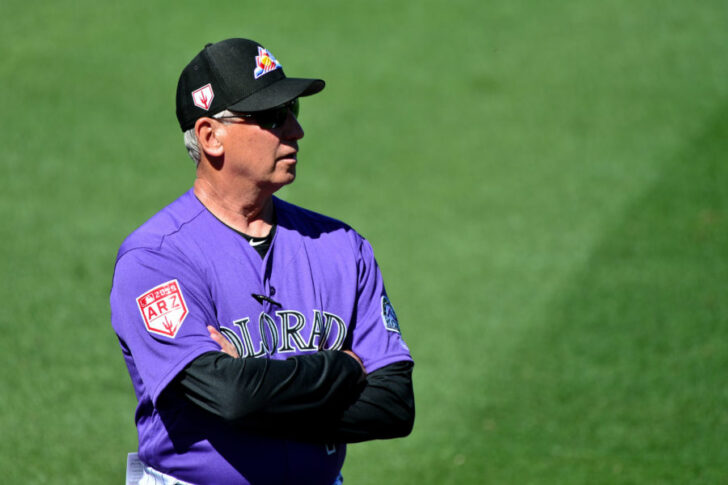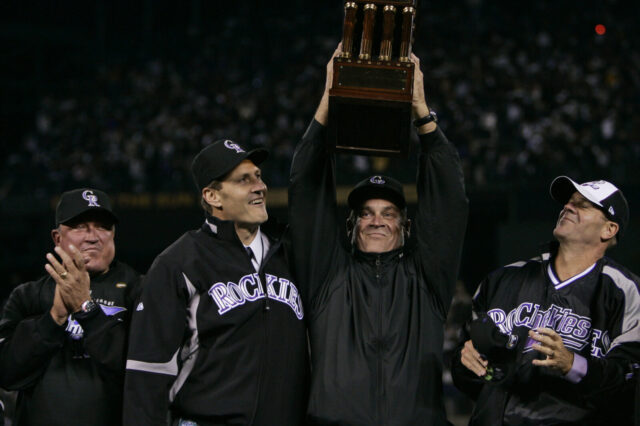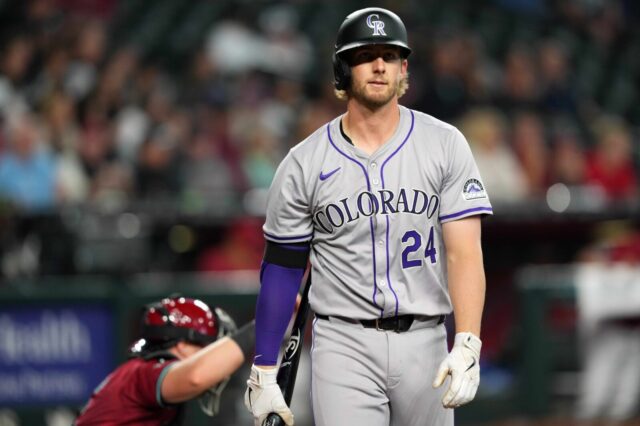Per an announcement from both Major League Baseball and the MLB Players Association, several changes are set to be instituted to the game of professional baseball in the next two years.
Among the various changes, the league intends to implement a minimum batter requirement for both relief and starting pitchers, a reduction in the number of mound visits and modifications to both roster limits and the trade deadline.
Lots of @mlb rule changes for 2019 and 2020: pic.twitter.com/Bn89KReec0
— Bryan Hoch ⚾️ (@BryanHoch) March 14, 2019
For the Colorado Rockies, several of the changes will impact their near future.
As currently stated, the new trade deadline specifications are set to eliminate post-deadline swaps. Going into effect this season, the waiver process will be modified.
Players will still be able to be claimed on waivers after the trade deadline, but the trade deals featuring claimed players (Justin Verlander to the Houston Astros for example) are no longer available. Unless the acquisition of Drew Butera counts as a blockbuster, the new arrangement will only play a small role for the Rockies as their activity in the post-deadline market has been scarce in recent years.
Where the revision will impact the Rockies greater is in their own signings. Previously, clubs were able to rid themselves of albatross contracts, even after the deadline, to a contending team looking to make a run. Due to their wayward salaries, multiple big-name players were able to slide through waivers, with a subsequent trade aiding the club.
Without a route to rid contracts after the deadline, the club will likely have to be proactive in their extensions and new contracts.
Now, the trade deadline will be more solidified, allowing for greater amounts of deals prior to the trade deadline, a positive for both the Rockies and the league as a whole.
Furthermore, the league is seeking to largely eliminate the bullpen specialist. After many years of sending out multiple pitchers in only a single inning to get the best possible matchups, the league is looking to speed up the game.
The rule’s breakdown is simple.
When a starting or relief pitcher enters an inning, with zero outs, that pitcher is required to pitch to three batters or more in the inning. They are not required to get a trio of outs to end the inning, but they are required to at least attempt to.
If a pitcher enters an inning with one or two outs already in place, the pitcher is only required to finish that inning, with the next inning being available to a successive reliever.
For the Rockies, a team that didn’t field a single pitcher that averaged under three batters faced per inning, the implications are minimal. Where the changes will affect the club is in their pursuit of free agents.
The days of a hired gun to handle a single batter or pair of same-handed hitters in a row are set to expire. So too will the Rockies’ pursuits of these players, an endeavor that was marginal already for the franchise’s front office.
Though the rule is not set to be implemented until the 2020 season, the changes for the club will likely begin prior to its installment, with the club looking to rid themselves of the small number of specialists in their organization.
The final pair of changes that are noteworthy are adjustments to both roster limits and mound visit limits.
While the former is on hold until the 2020 season, much like the batter limit, the reduction in mound visits will be put into place in the fast-approaching 2019 campaign.
After a year when Bud Black managed the club to their fourth-lowest earned run average (4.33) in the franchise’s history, a reduction of mound visits will play a role. The youth of the Rockies’ pitching staff will only further the consequences.
With Kyle Freeland, German Marquez and Jon Gray among others set to regularly toe the rubber in 2019, the staff will likely yield only a single starter over the age of 30 in Chad Bettis. Being able to take a break to talk with his young staff during turmoil will be further limited this year, requiring the skipper to rely on a quickly-adapting mindset from his staff.
Also impacting the club’s pitchers will be an expansion of the maximum roster size from 25 to 26, with a 27th player allowed in the event of a doubleheader. Due to their home venue, the change will likely be utilized for an extra reliever for the Rockies as opposed to a less impactful bat off the bench.
The change will allow the organization to also look into the implementation of a six-man rotation if their young hurlers take a step forward.
The aforementioned trio of Freeland, Marquez and Gray have already secured a spot in the rotation. If Tyler Anderson and Bettis can be solid backend starters and Jeff Hoffman finally breaks out, the club could look to lessen their reliance on big innings from their young staff in hopes of preserving their health, all while maintaining the same number of relievers.
Overall, the MLB is clearly looking to shorten games with their most recent rule adjustments, an alteration that will likely raise the popularity of the game. A boon for smaller market clubs like the Rockies.
After other leagues (National Basketball Association and the National Football League) have been open to changing several rules in recent years, the MLB is merely following their lead.



